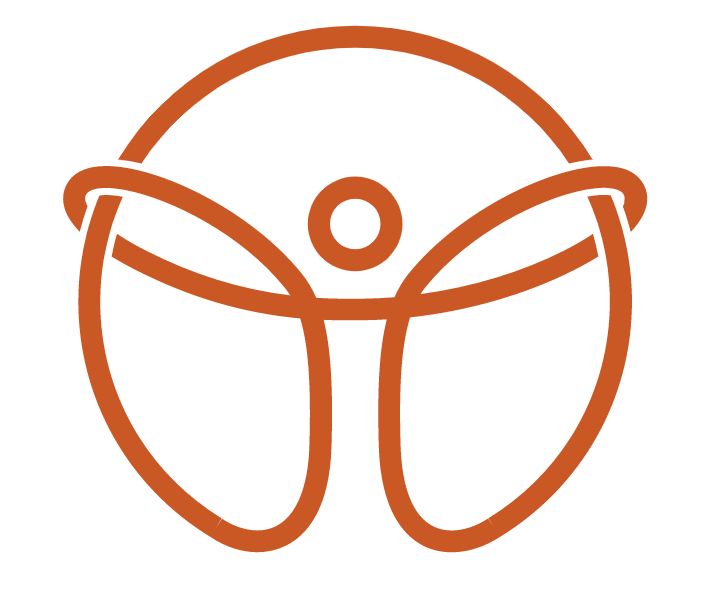Unlocking Your Swing: Low Back Rehabilitation for Golfers at MVMT STL
Golf is a game of precision, power, and passion. Yet, for many golfers, low back pain can put a damper on their performance and enjoyment. At MVMT STL, we understand the unique demands of golf on the body and have crafted a comprehensive low back rehabilitation program to help you swing without pain. In this post, we will explore the common scenarios that lead to low back pain in golfers and detail a rehabilitation plan that incorporates mobility work, strength training, and ballistic exercises.
Understanding Golf-Related Low Back Pain
Golfers often experience low back pain due to a combination of repetitive movements, poor posture, and the high forces involved in swinging the club. Here are some common situations where low back pain can arise:
Overuse Injuries: The repetitive nature of swinging can strain the muscles and ligaments in the lower back.
Poor Swing Mechanics: Improper technique can lead to increased stress on the lumbar spine.
Weak Core Muscles: A weak core fails to support the spine adequately during the dynamic movements of a golf swing.
Lack of Flexibility: Limited mobility in the hips, thoracic spine, and hamstrings can lead to compensatory movements, putting extra strain on the lower back.
Pre-existing Conditions: Conditions such as herniated discs, spinal stenosis, or arthritis can be exacerbated by the physical demands of golf.
The MVMT STL Rehabilitation Plan
Our rehabilitation program is designed to address the root causes of low back pain and equip golfers with the tools they need for a pain-free game. Here’s a breakdown of our approach:
1. Mobility Work
Improving mobility is crucial for reducing stress on the lower back and enhancing overall performance. Key exercises include:
Thoracolumbar Rotations: These drills focus on increasing the rotational mobility of the thoracic spine, which is essential for a fluid golf swing. To perform this exercise, get into a quadruped position and rotate your thoracic spine while keeping your lower back stable.
Hip Flexor Stretches: Tight hip flexors can contribute to lower back pain. Stretching these muscles can relieve tension and improve hip mobility.
2. Strength Training
Building strength in the core and surrounding muscles provides better support for the spine. Essential exercises include:
Pallof Press: This anti-rotational exercise strengthens the core and enhances stability. Attach a resistance band to a fixed point at chest height, stand perpendicular to the anchor point, and press the band out in front of you while resisting the rotational pull.
Glute Bridges: Strengthening the glutes can help take the pressure off the lower back. Lie on your back with knees bent and feet flat on the ground, then lift your hips towards the ceiling, squeezing your glutes at the top.
Bird Dogs: This exercise improves core stability and spinal alignment. Begin on all fours, extend one arm and the opposite leg, hold briefly, and then return to the starting position before switching sides.
3. Ballistic Exercises
Once foundational strength and mobility are established, we incorporate ballistic exercises to simulate the dynamic movements of a golf swing:
Medicine Ball Rotational Throws: These mimic the explosive rotational movements of a golf swing, helping to build power and coordination. Stand with your feet shoulder-width apart, hold a medicine ball, and rotate your torso to throw the ball against a wall.
Banded Chops: Using a resistance band, perform chopping motions to enhance rotational strength and stability. Attach the band to a high anchor point, and perform a diagonal chopping motion from high to low, engaging the core throughout the movement.
Integrating It All
At MVMT STL, our goal is to create a personalized rehabilitation plan that addresses your specific needs and golfing goals. By combining mobility work, strength training, and ballistic exercises, we help golfers not only alleviate low back pain but also improve their performance on the course.
Whether you’re a weekend warrior or an aspiring pro, our team is here to support your journey toward a stronger, pain-free swing. Contact us today to schedule a consultation and take the first step towards unlocking your full potential on the greens.

